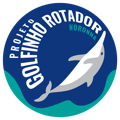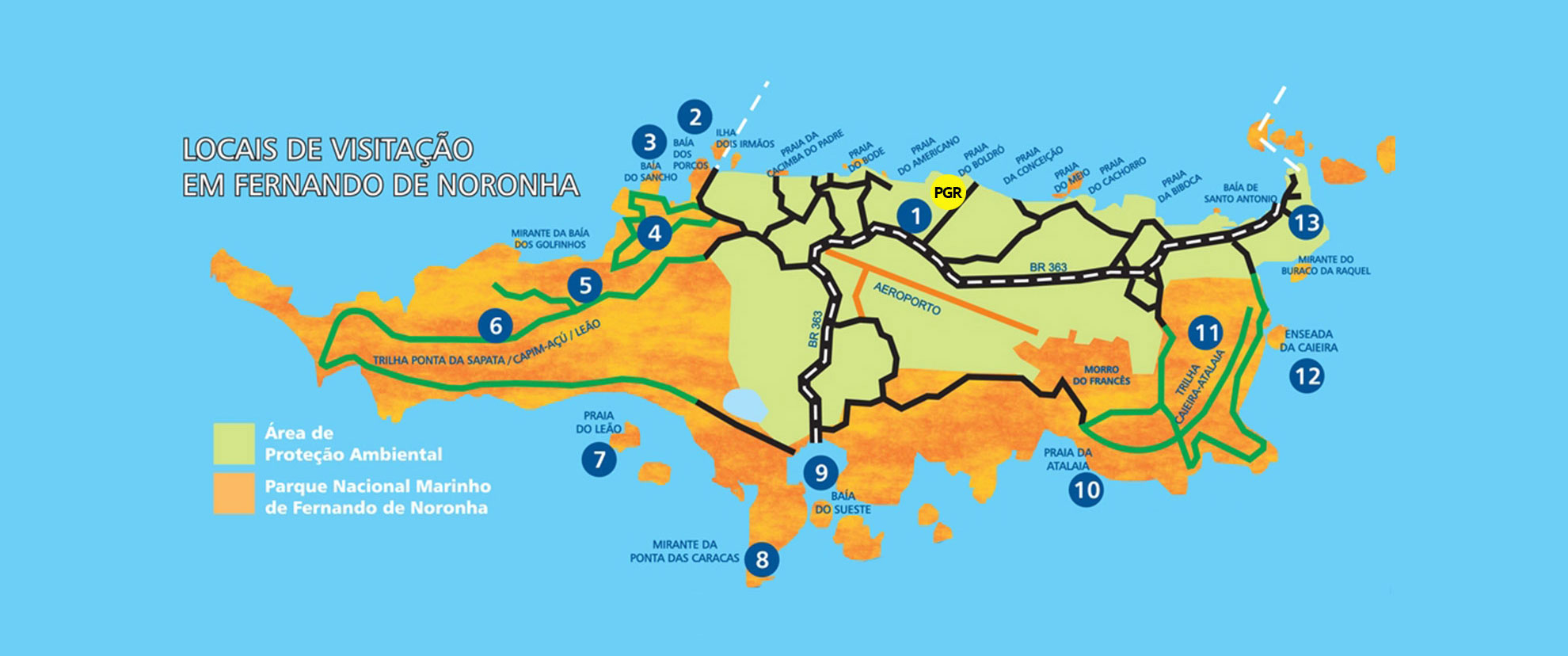The Fernando de Noronha Archipelago, together with Rocas Atoll and the São Pedro and São Paulo Archipelago represent a large part of the insular surface of the South Atlantic, playing a fundamental role in the reproduction, dispersal and colonization of marine organisms in this region. As a result, it received two UNESCO titles, which should guarantee him greater environmental protection.
The Environmental Protection Area of Fernando de Noronha – Rocas – São Pedro and São Paulo was established by Decree Number 92.755, dated June 5, 1986, with the following main objectives:
- Protect and conserve the environmental quality and living conditions of fauna and flora.
- Achieve coherence between organized tourism and the preservation of natural resources.
- Align the human occupation on the Archipelago to the protection of the environment.
The Decree Number 96.693, dated September 14, 1988, creates the established Fernando de Noronha Marine National Park with the following objectives: protect representative sample of the marine and terrestrial ecosystems of the Archipelago; ensure the preservation of its fauna, flora and other natural resources; provide controlled opportunities for scientific research, environmental education and public visitation; contribute to the protection of sites and structures of historical and cultural interest.
Tourism
Until 1990, the main economic occupation of the local population was public service, but, since that year, tourism has been growing, becoming an important source of economic income and the islanders have been improving and professionalizing the tourist service.
To know more about Tourism: www.noronha.pe.gov.br





